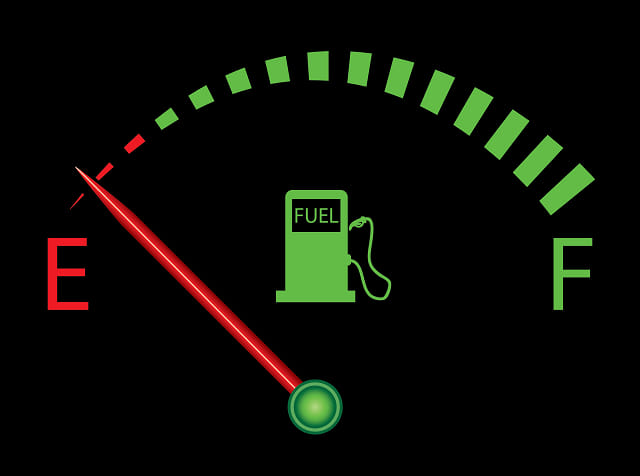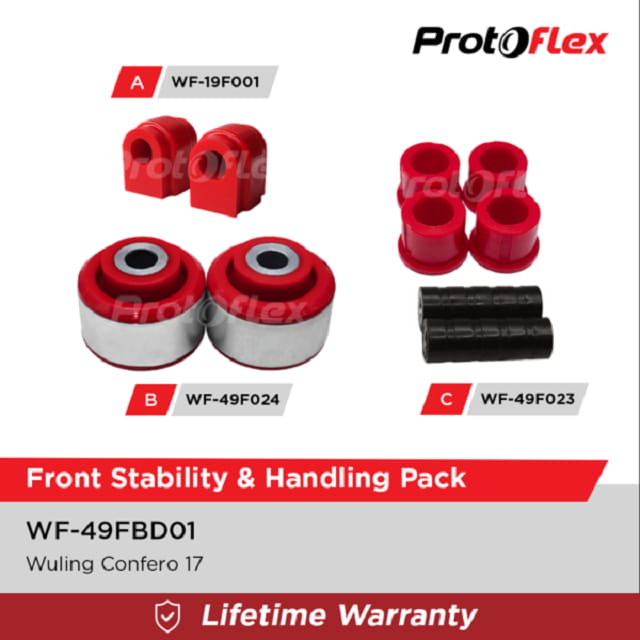lifted truck market trends – The lifted truck market has been growing rapidly over recent years. Whether for off-road performance or simply for the bold aesthetic, lifted trucks have captured the attention of enthusiasts and buyers alike. However, the decision to purchase a lifted truck requires careful consideration of several trends, options, and practical implications. In this article, we will explore the key market trends in lifted trucks and what you need to know before making your purchase.
The Growing Popularity of Lifted Trucks
The trend of modifying trucks with lift kits has surged, especially among off-road enthusiasts and those who desire a more commanding presence on the road. Lifted trucks are not just for hobbyists anymore; they have become a mainstream phenomenon in the automotive market. Manufacturers are even responding to the demand by offering factory-lifted versions of popular models like the Ford F-150, Ram 2500, and Chevrolet Silverado.
Why People Are Choosing Lifted Trucks
There are several key reasons buyers opt for lifted trucks:
- Off-road Capabilities: Lifted trucks offer enhanced ground clearance, making them ideal for traversing rugged terrains.
- Aesthetic Appeal: Many people love the aggressive and powerful look of a lifted truck. It stands out on the road and exudes a sense of authority.
- Improved Visibility: The elevated height provides better visibility over traffic and obstacles, which is a benefit for both safety and convenience.
- Personalization: Lifted trucks allow for extensive customization. Buyers can select different tire sizes, suspension systems, and accessories to match their specific preferences.
Factory vs. Aftermarket Lifts: What’s the Difference?
When considering a lifted truck, one major decision is whether to go for a factory-lifted model or to modify an existing truck with an aftermarket lift kit. Both options have their pros and cons.
Factory-Lifted Trucks
Factory-lifted trucks come directly from the manufacturer with a lift kit already installed. These models are designed for optimal performance and safety while maintaining the vehicle’s warranty.
- Advantages:
- Warranty Coverage: Since the lift is done by the manufacturer, the warranty remains intact.
- Quality Assurance: The parts and installation meet the manufacturer’s stringent standards.
- Resale Value: Factory-lifted trucks tend to retain better resale value due to their factory modifications.
- Disadvantages:
- Limited Customization: Buyers may not have as many options for customization as they would with an aftermarket lift.
- Cost: Factory-lifted models are typically more expensive than their non-lifted counterparts.
Aftermarket Lift Kits
Aftermarket lift kits are installed by third-party mechanics or even by truck owners themselves. This option allows for more flexibility and customization.
- Advantages:
- Customization: There is a wide range of aftermarket lift kits available, allowing for varying heights, brands, and designs.
- Cost: Aftermarket lifts can sometimes be more affordable than buying a factory-lifted truck.
- Variety of Choices: You have the freedom to choose different suspension systems, shocks, and tires based on your specific needs.
- Disadvantages:
- Warranty Issues: Installing an aftermarket lift may void your vehicle’s warranty.
- Potential for Lower Quality: If not installed correctly or if lower-quality parts are used, aftermarket lifts can lead to mechanical issues.
- Insurance Costs: Modifying a truck with an aftermarket lift could increase your insurance premium due to the added risk.
Performance Considerations for Lifted Trucks
While the appeal of a lifted truck is undeniable, it’s important to understand the implications on performance. A lift will affect various aspects of the vehicle’s handling, fuel economy, and ride quality.
Fuel Economy
Lifted trucks are often less fuel-efficient than their stock counterparts. The added height and larger tires increase drag and weight, which leads to more fuel consumption. If fuel economy is a major concern for you, it’s important to weigh this factor against the benefits of a lifted truck.
Handling and Stability
The higher center of gravity in a lifted truck can affect its handling and stability, especially at higher speeds. You may notice more body roll when cornering, and emergency maneuvers could become more difficult. Upgrading the suspension system and adding stabilizers can mitigate these effects, but they won’t eliminate them.
Braking Performance
Larger tires and additional weight may also impact braking performance. Your truck’s braking system may need to be upgraded to accommodate the changes, especially if you’re planning on towing or hauling heavy loads. This is a critical factor to consider for safety and functionality.
Legal and Regulatory Considerations
Before purchasing or lifting a truck, it’s essential to understand the laws and regulations in your area. Many regions have restrictions on how high a vehicle can be lifted, and failing to comply with these rules can result in fines or issues when it comes to vehicle inspections.
State Lift Laws
Each state in the U.S. has different regulations regarding vehicle lifts. For example, some states only allow a certain amount of lift, while others have more lenient or stricter regulations. It’s crucial to research your local laws to ensure that your lifted truck is compliant.
Inspection and Certification
In many cases, lifted trucks must undergo special inspections or certifications to ensure they meet safety standards. This is especially important if you’re planning to install an aftermarket lift kit. In some states, a lifted truck might even need to pass a suspension inspection to be road-legal.
Tire and Wheel Selection
One of the most prominent aspects of a lifted truck is the choice of tires and wheels. While larger tires can improve off-road capabilities and enhance the truck’s look, they can also have downsides.
Larger Tires
Larger tires offer better ground clearance and traction for off-road driving, but they can also affect your truck’s acceleration, braking, and handling. You may also need to re-calibrate your speedometer and make adjustments to your gearing to compensate for the size increase.
Tire Types: All-Terrain vs. Mud-Terrain
When choosing tires for your lifted truck, you’ll likely have to decide between all-terrain (A/T) and mud-terrain (M/T) tires. All-terrain tires offer a balance between off-road performance and on-road comfort, making them ideal for daily driving. Mud-terrain tires, on the other hand, provide superior traction in mud and rocky conditions but tend to wear faster and create more road noise.
What to Know Before Buying a Lifted Truck
Purchasing a lifted truck is a significant investment, and it’s essential to go into the process with a clear understanding of your needs and preferences. Here are a few key points to consider before making a decision:
- Determine Your Primary Use: Are you buying the truck for off-road adventures, or do you plan to use it for everyday driving? Your intended use will help you decide between a factory-lifted model and an aftermarket modification.
- Set a Budget: Lifted trucks can vary greatly in price depending on the model, lift type, and additional customizations. Be sure to set a budget and account for potential extra costs, such as fuel, tires, and maintenance.
- Research Lift Kit Types: If you’re opting for an aftermarket lift, research the various types of kits available. Suspension lifts, body lifts, and leveling kits each have their pros and cons.
- Test Drive: Always take the truck for a test drive before making a purchase, especially if it has been modified. This will give you a feel for how the lift affects the handling and ride quality.
 Trucks for Sale Find the best deals on used trucks for sale across the USA. Browse pickups, semi trucks, dump trucks and more – updated daily
Trucks for Sale Find the best deals on used trucks for sale across the USA. Browse pickups, semi trucks, dump trucks and more – updated daily



